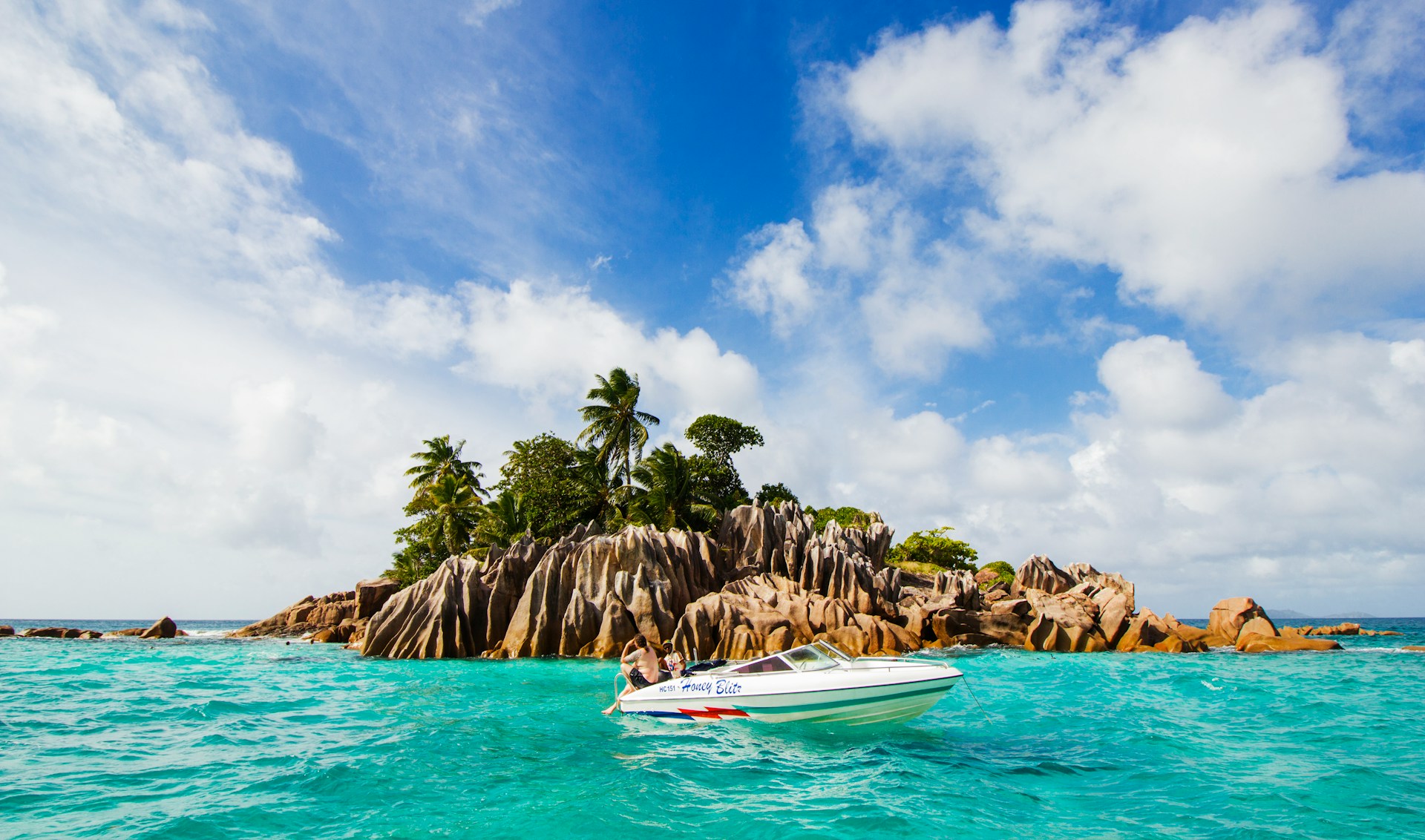Seychelles, an Indian Ocean archipelago comprising 115 islands, is home to a variety of dangerous animals. Located on the edge of the Somali Sea, with Victoria as its capital, it offers pristine beaches and unique coastlines, reminiscent of the Caribbean. With friendly locals and clear waters rich in fauna and flora, Seychelles is a tropical haven. The majority of its islands are coral-based, shaping its environment and structures. English, French, and Seychellois Creole are the primary languages spoken.
Table of Contents
Why visit Seychelles?
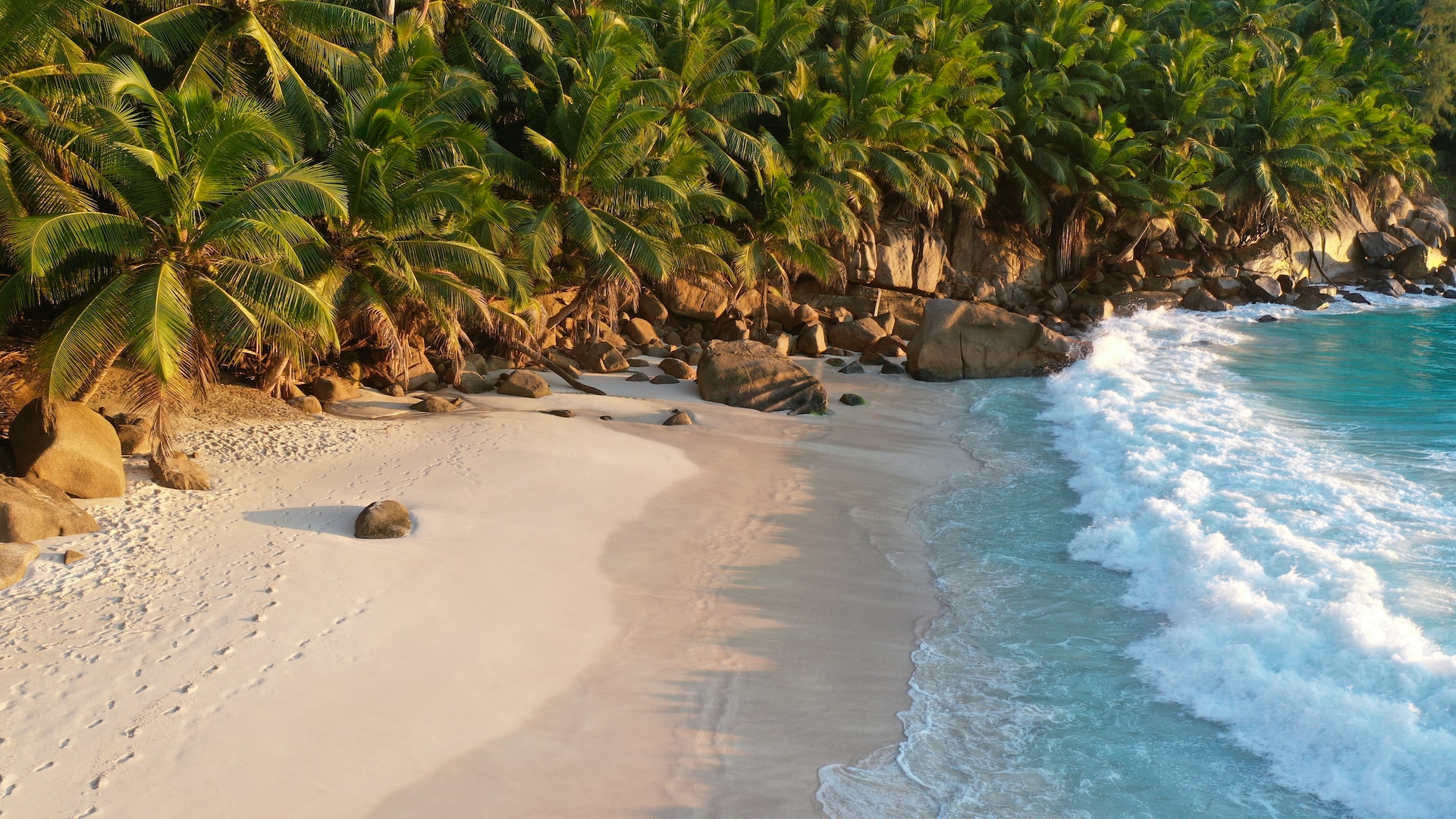
When planning a vacation, choose a destination that promises an unparalleled experience with unique features not found anywhere else in the world. Seychelles offers warm temperatures year-round, eliminating concerns about the cold. The islands provide the ideal setting for a variety of activities, including swimming in turquoise waters and engaging in different water sports. However, it’s essential to be aware of some dangerous animals during your visit to Seychelles.
Great white sharks
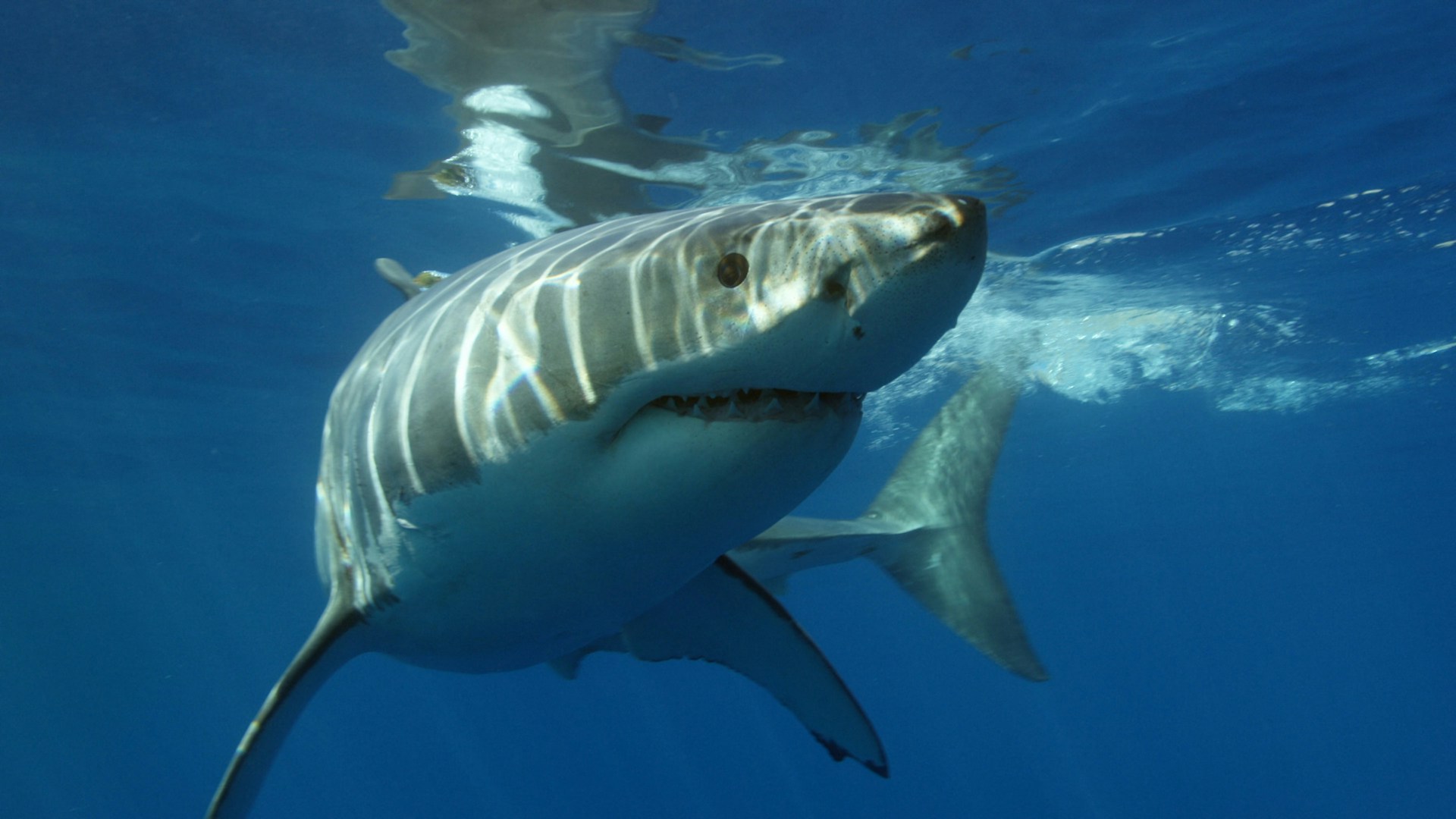
Great white sharks are iconic creatures traversing the waters of the Indian Ocean, often found around the coral reefs of Seychelles. Recognized for their sharp teeth, powerful muscles, and impressive swimming speeds, great white sharks are the most dangerous animals in Seychelles. Known for territorial behavior, they can be aggressive, particularly when in search of food. Snorkeling in areas with shark nets is a safer option.
Fire corals

Fire corals, despite their misleading name, should be avoided in Seychelles. Similar to anemones and jellyfish, these agile creatures possess tentacles delivering potent venom. Triggered by disturbance, they release venom that attacks the central nervous system, making scuba divers and snorkelers susceptible. Maintaining a safe distance is crucial to prevent potential encounters.
Surgeonfish
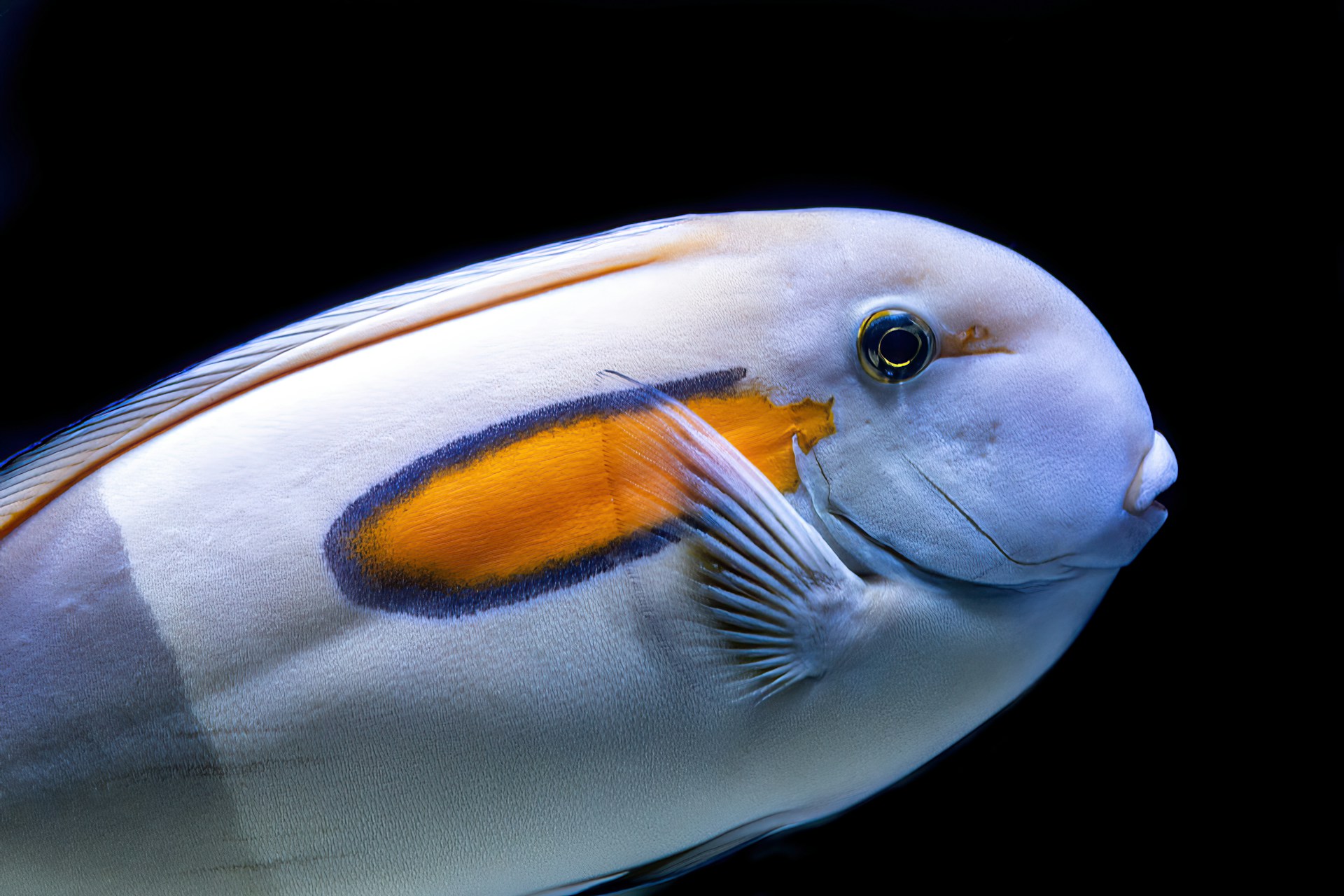
Surgeonfish, also known as tang, may sound interesting, but they are among the most dangerous fish in the Indian Ocean. Growing from 15 to 100 centimeters, these vegetarian fish have scalpel-like spines on their tails. While lacking venom, their large fins can cause severe organ and tissue damage. Snorkelers and deep-sea divers are often affected by these dangerous fish.
Lionfish

In the waters of the Indian Ocean, lionfish, belonging to the scorpion family, thrive. Recognizable by their brightly colored bodies and venomous spines, lionfish pose a threat when provoked. Displaying zebra-like stripes when threatened, they deliver venom through their dorsal spines. Keeping a safe distance from these creatures is essential to avoid severe injuries.
Great Barracuda
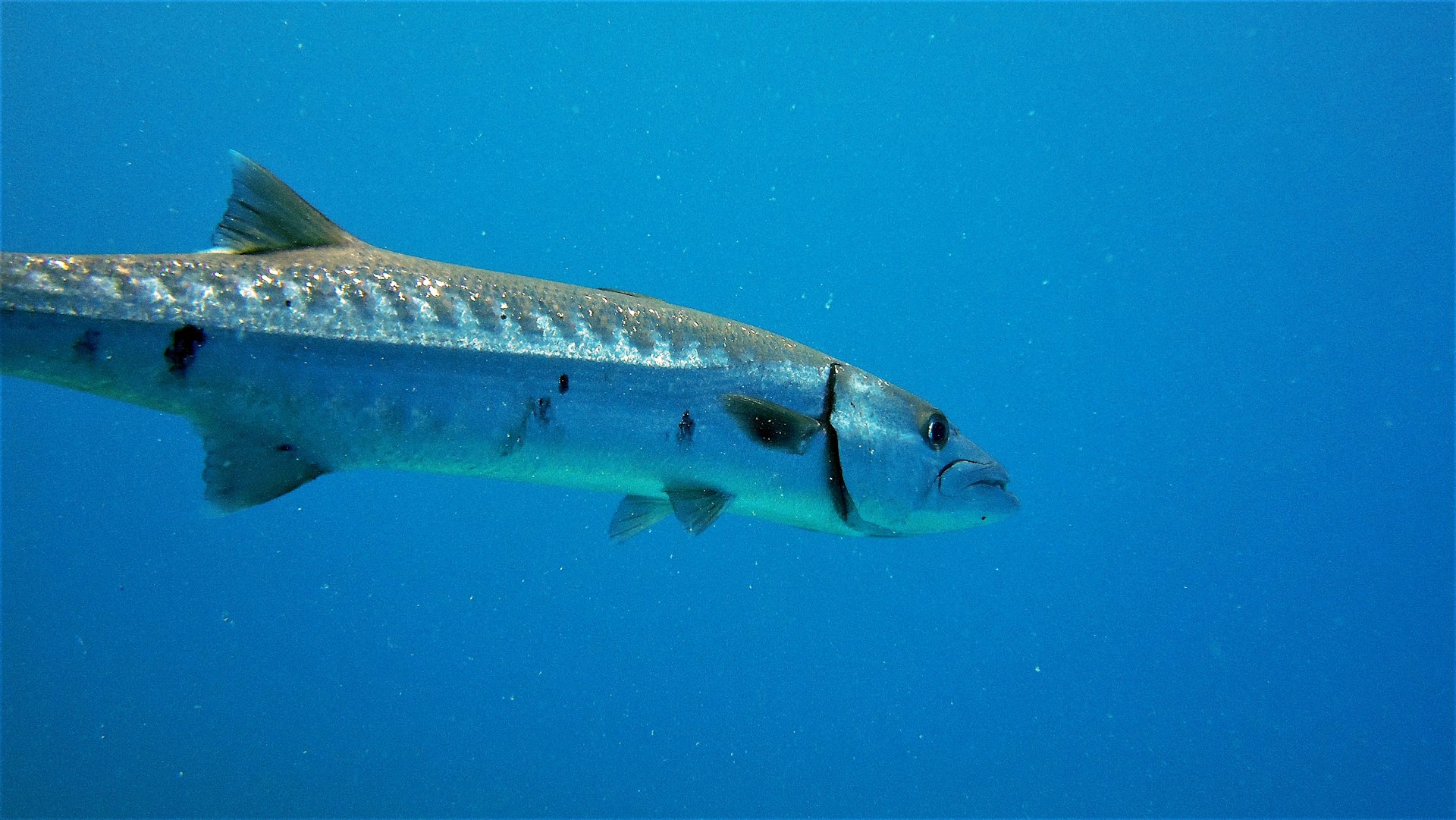
The great barracuda, thriving in the shallow waters of the Indian Ocean, particularly around Seychelles’ coral-rich environment, is an iconic but potentially dangerous species. Growing over 40 pounds with sharp teeth, barracudas are exceptional scavengers. While attacks on humans are rare, encounters can occur during snorkeling. Maintaining a safe distance is advisable to prevent any accidental aggression from these creatures.
Giant Triggerfish

The giant or titan triggerfish is a prominent creature in Seychelles’ waters. While not venomous, their bites can be severe, potentially causing organ failure due to the intensity and, at times, repeated bites. Growing up to 75 centimeters and weighing up to 20 pounds, these fish have some of the sharpest teeth on the planet. During the mating season, they become particularly aggressive, making it crucial to avoid their habitats and maintain a safe distance.
Moray Eel

Moray eels, known for their negative reputation, can be found in the Indian Ocean waters around Seychelles. With the potential to deliver a potent venom affecting the central nervous system, encounters with these creatures can be dangerous. Snorkelers and deep-sea divers are likely to interact with moray eels, which can grow up to 11 feet. Despite their calm nature, it is essential to keep a safe distance and avoid disturbing them to prevent potential attacks. Immediate medical attention is necessary if attacked.
Stonefish
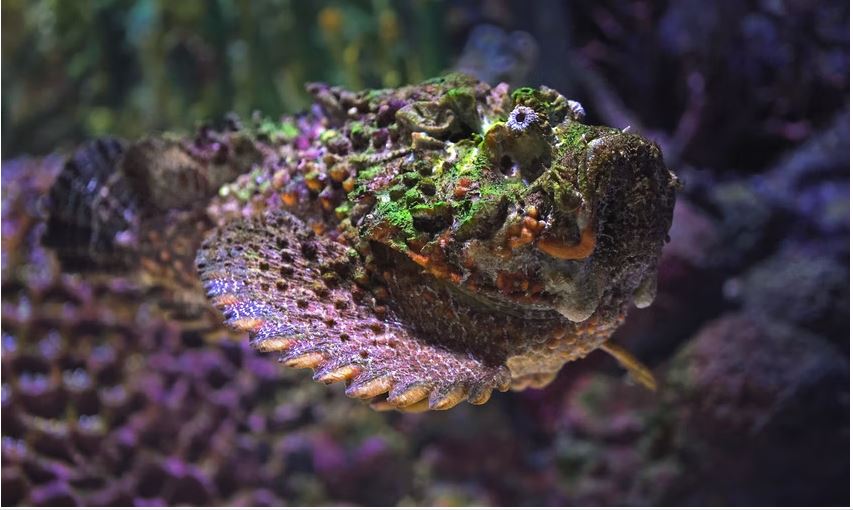
Common in Seychelles, stonefish are often found on the floor of the Indian Ocean, blending in with their surroundings. With sharp spines delivering highly potent venom, these animals are dangerous when touched or provoked. Their exceptional camouflage makes them difficult to spot, and their presence is widespread in Seychelles. It is crucial to avoid areas inhabited by stonefish to prevent the risk of venomous attacks and central nervous system failure.
Blue-ringed octopus

The blue-ringed octopus, an iconic creature in Seychelles’ waters, poses a threat to those engaged in watersports and deep-sea diving. Recognizable by yellowish, blue, and black rings that change color when threatened, these octopuses can be deadly. Ranging from 5 to 10 inches, they deliver a neurotoxic venom, tetrodotoxin, interfering with the central nervous system. While not aggressive, caution is necessary to avoid interference and potential danger from these intriguing creatures.
__________________
Discover more dangerous animals in Africa:

